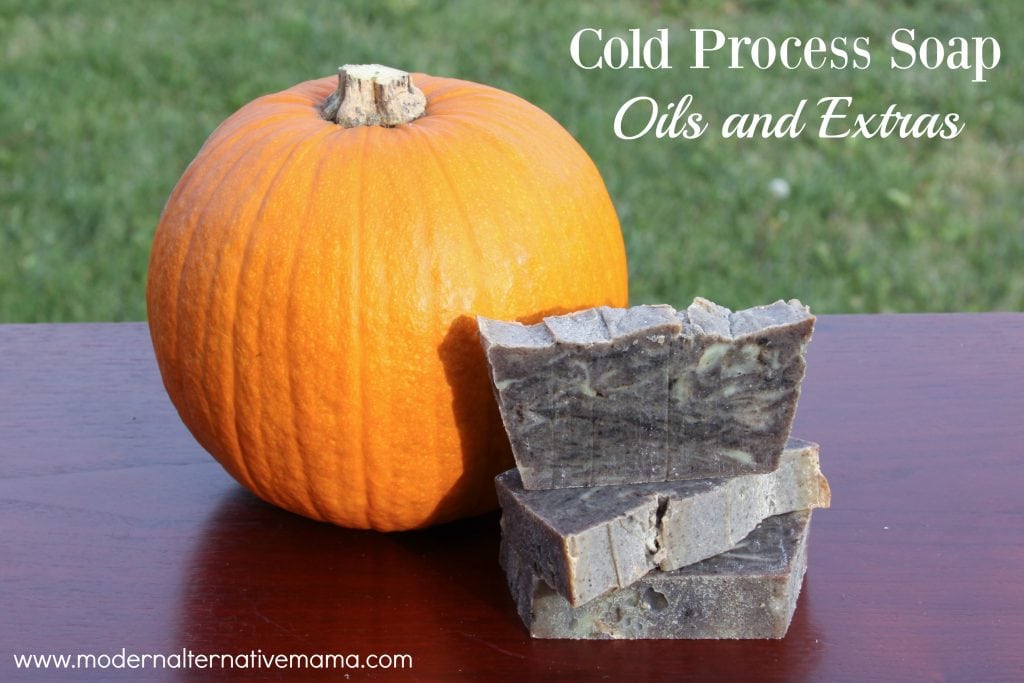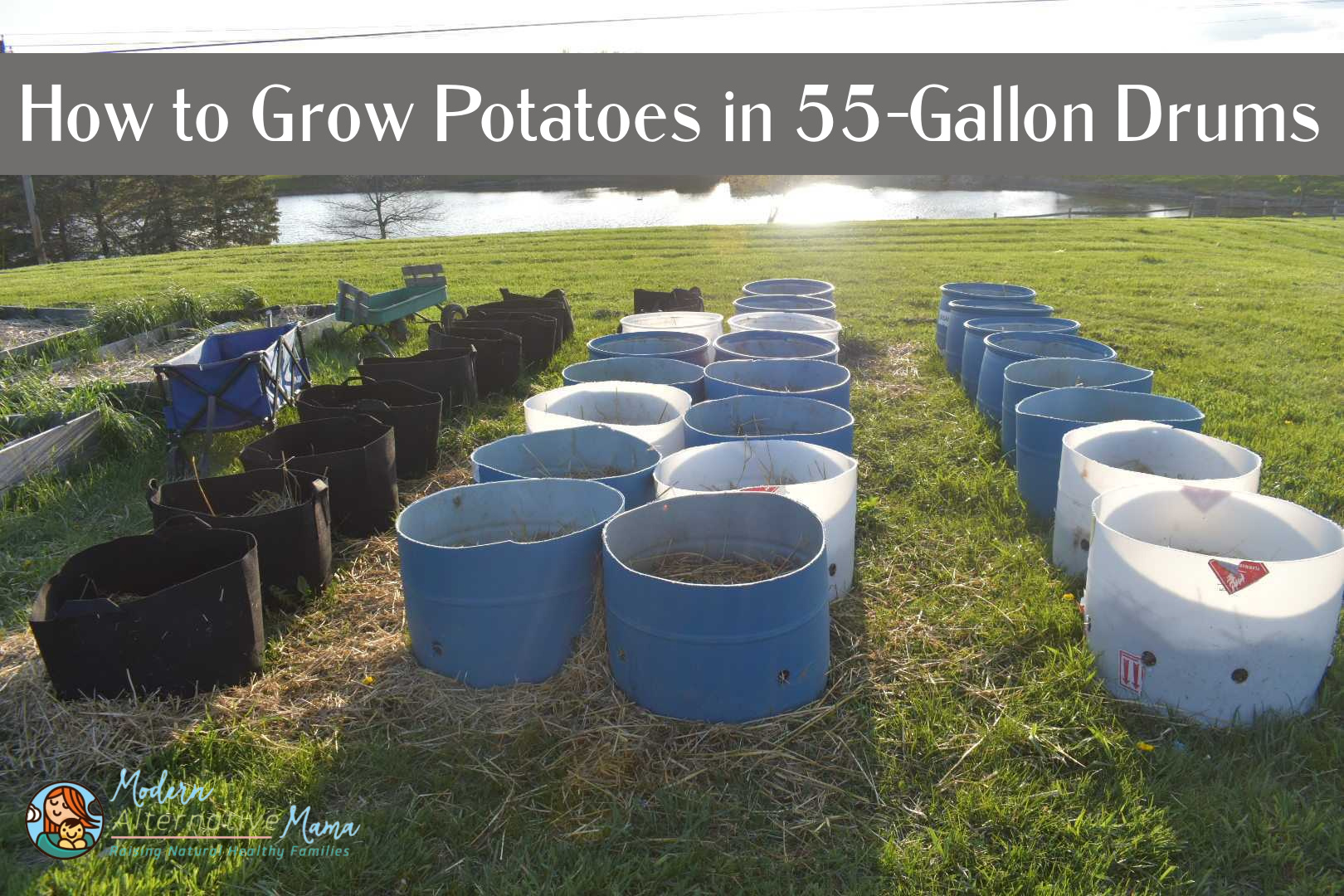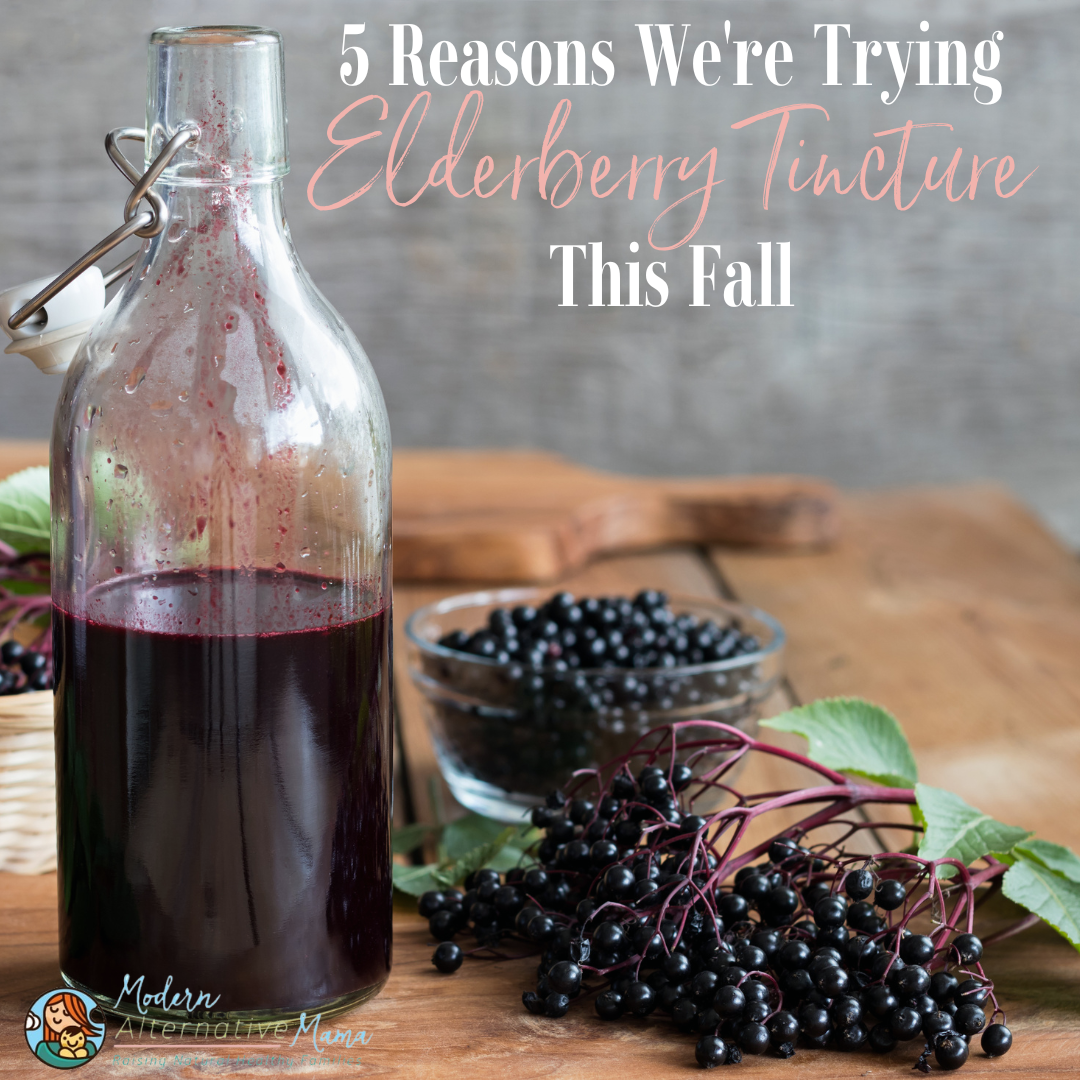In our first post on cold process soap, I covered the basics of why you should make it, plus the equipment you’ll need and lye safety. Definitely, don’t skip that post if you’re new to soap making. Every part of this is important! (And that includes the cold process soap oils we’re talking about here!)
If you’ve read it, though, then it’s time to move on to other key ingredients: the fats and oils you’ll need to make your soap, plus the extra additions you can add to soap!
Now, if you love this idea but just aren’t there yet (it did take me two years to work up the courage, after all, and I love to DIY all.the.things), then you can purchase pure, natural cold process soap from me at Earthley.
Cold Process Soap Oils and Extras
Your fats and oils are what you’ll actually be making soap out of. Your oils are saponified (fancy name for the chemical reaction between the oils and lye) and that’s how soap is formed. The cold process soap oils lend the soap all of its characteristics, so choose them carefully!
The ‘extras’ are totally optional, but a lot of people like to get fancy with their soaps. They’re not all that hard to use, so definitely check out some of the options.
What You Need to Know: Fats and Oils
As soon as you dive into soap making, you’ll see there are a ton of different types of oils and fats that you can include. There are dozens. Some are healthy, and some are not. (Some people actually use hydrogenated oils in soap making! I don’t even get why you would want to, personally…they’re not safe!)
I spent a ton of time trying to read about the different types of fats and oils and figure out how much of what I should use. Rather than relying on someone else’s recipe, I wanted to create my own. I’m weird like that. It took me quite awhile to truly understand what each different oil did in the soap making process and to see a pattern in how they were used in recipes. I’m just going to simplify it all for you here, although you can read more about the use of fats and oils HERE.
The Main Oils
The oils that are used most commonly in soap making, and in the largest proportions, are olive oil, coconut oil, and palm oil. Any of these oils can be used for up to 100% of the oil in your bar of soap, although most are used between 25 and 75%.
Olive oil: Tends to be the largest percentage of the soap, especially in ‘mild’ or ‘sensitive’ recipes. It’s low, gentle cleansing with only a small amount of mild lather. Makes a very soft bar initially, but will cure to a very hard bar. I usually use at 50 – 70% in my soaps.
Coconut oil: Tends to be used around 25 – 30% of the total oils. Can be harsh, highly cleansing, and drying. Makes lots of lather with big bubbles. Good for cleaning around the home in high percentages. It’s also used in high percentages in sea salt soap. Produces a very hard bar of soap.
Palm oil: Tends to be used around 20 – 50% of the total oils. I don’t use it because it’s not all that sustainable, so I’m not sure of its properties. It makes a harder bar of soap.
Your ‘main’ oils will make up about 60 – 80% of your total oils, typically, but can make up 100%, either alone or in combination.
The Special Oils
These are oils like cocoa butter, shea butter, mango butter, avocado oil, grapeseed oil, apricot oil, evening primrose oil, etc. that you add in small amounts for certain properties. Most of these are skin-nourishing. I can’t possibly cover them all here, so I’ll just mention a few of my favorites.
Castor oil: This tends to be used around 5 – 15% of the total oils. More and it can leave the soap sticky. It stabilizes lather and produces big bubbles, and is very nourishing to the skin. I’ve included it around 5% in all my recipes.
Mango butter: This tends to be used around 5 – 10% of the total oils. It’s very nourishing to the skin, especially dry skin. I include it at 5% in most of my recipes. (It’s better than shea butter because almost all of it can saponify, while shea butter has a higher percentage of “stuff” that does not.)
Avocado oil: This tends to be used around 20 – 30% of the total oils, and is similar to olive oil. It’s very mild and a gentle cleanser and is a good choice for bars for babies or those with sensitive skin. I use it in a few of my bars around 20%.
Pumpkin seed oil: This tends to be used around 5 – 10% of the total oils. It’s very nourishing and is good for damaged skin. I use it occasionally for specialty soaps.
Apricot kernel oil: This tends to be used around 5 – 15% of the total oils. It’s excellent for hair and skin, reducing redness and nourishing gently. I use it in my shampoo bars.
There are many, many others, and you can read about them HERE.
As you read, you’ll learn about the percentages that oils can be used at, additional properties of each, whether they qualify as ‘soft,’ ‘hard,’ or ‘brittle’ and so on. I found this to be more confusing than helpful, which is why I presented the info the way I did. But do keep reading to learn more if you’re really interested in soap making.
Superfatting
One more point about oils and fats! Most soap recipes do something called “super-fatting.” This is when more oils and fats are added to the recipe than are necessary to react with the lye. Most soaps are about a 5% super fat. These ‘free’ oils and fats are available to nourish your skin, and improve the bar’s conditioning. I usually do a 5% super fat, except when I made coconut oil soap for cleaning, and sea salt soap. I didn’t need or want any extra fat while trying to wash clothes! And sea salt soap is a unique creature, with a much higher super fat of 10 – 20%.
If you opt not to super fat (I wouldn’t recommend that as a beginner soap maker or for use on your body), be very very careful to measure your oils and your lye accurately, so you don’t end up with any unused lye in your finished soap.
Totally overwhelmed by all this and not ready to make your own yet? You can purchase pure, natural cold process soap from me at Earthley.
What You Need to Know: Extra Additions
It’s possible to add all kinds of things to your soap. I’ve only experimented with a few of them so far. Each ‘thing’ that you add can change the properties of the soap, so be aware of what might happen. I had some of my batches of soap have some ‘problems’ because I didn’t know how to handle the additions properly. I was able to salvage each batch, but it was frustrating. I’m hoping to help you avoid that!
All of these additions should typically be added at “trace,” or when the soap is thick like pudding and basically finished. A possible exception to this is milk.
Spices
Spices can be added to your soap for scent and/or texture. I added cinnamon, ginger, and cloves to my pumpkin spice soap for both reasons. Spices should be added at a rate of about 1 – 2 tsp. per pound of oils. I added too much to my first batch, which caused it to crack during cooling. (It works fine, just looks weird.) It’s a good idea to mix the spices with a small amount of soap, or other liquid, before adding to the soap.
However, if you are going to mix the spices with liquid before adding, you need to subtract that amount from the total liquid. I usually use 30 oz. of total oils, and 9.9 oz. of liquid. If I were adding spices to a batch, I would weigh out my 9.9 oz of water, then scoop some of that into the measured out spices. The rest of the water would have the lye mixed in.
Clay
Clay is really similar to spices in how you use it in soap, although it has entirely different reasons for use! It is smoothing and nourishing to the skin and is often used in facial bars. It should also be used at 1 – 2 tsp. per pound of oils (I used too much in my first batch, and it caused the soap to separate, then seize). Hydrate the clay with some of the recipe’s liquid, as above, before adding to the soap.
Milk
A lot of people like to make goat’s milk soap. I would, too, but I don’t have access to goat’s milk right now, so I have been using coconut milk. Milks are very nourishing and gentle on your skin, why is why people use it. Some people even make breast milk soap, which I hope to try someday!
Milk, of any type, can be subbed in for part or all of the water in your recipe. You can choose to mix the lye with a small amount of water, and add the rest of the liquid as milk, later. Or, you can freeze the milk and then add the lye to it directly. (Yes, freeze it — lye can easily burn the milk during the chemical reaction.)
Just as a side note, any type of liquid can be used in place of water. Tea, vegetable purees, etc. These all need to be subtracted from the total liquid amount. That is, water + tea + milk + vegetable puree (in whatever combination) = total liquid. So if you have a recipe that calls for 9.9 oz. liquid, and you want to use 7 oz. of coconut milk, you’d use 2.9 oz. water.
Essential Oils
A lot of people like to scent their soap with essential oils. This can add a lot of expense to the soap. It requires approximately 45 ml of essential oil per 12-bar batch, which can cost upwards of $15. That would double the price of the batch in a lot of cases. Some oils can also cause the soap to seize (thicken up too much) or behave oddly, so make sure you research each oil before choosing it.
I have not had any trouble with the essential oils I’ve chosen so far (rosemary, lavender, lemongrass, lemon, orange, grapefruit). But, you do have to work very quickly to stir it in and pour it before the soap firms up too much!
Now that you know all the basic terms and have gathered your supplies (right?!), it’s time to dive into the really important part — the actual how-to!
It does take soap 4 – 6 weeks to cure. Don’t have time to wait? Get all-natural soap now! Shop at Earthley and purchase pure, natural cold process soap now. 🙂







[…] you through the basics of cold process soap making. I shared with you lye safety and equipment, oils and extras, and the actual cold process soap tutorial. But now we have to talk troubleshooting. If […]
[…] cold process soap, that is. If you have missed our first two posts on the lye and equipment, or oils and extras, definitely read those two first. It’s important to be safe and have the items you need […]